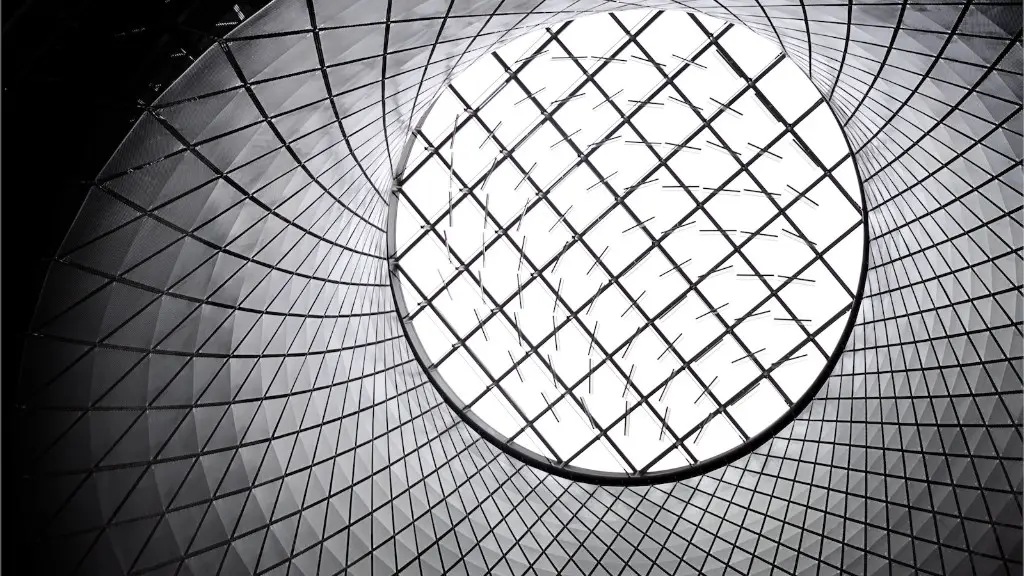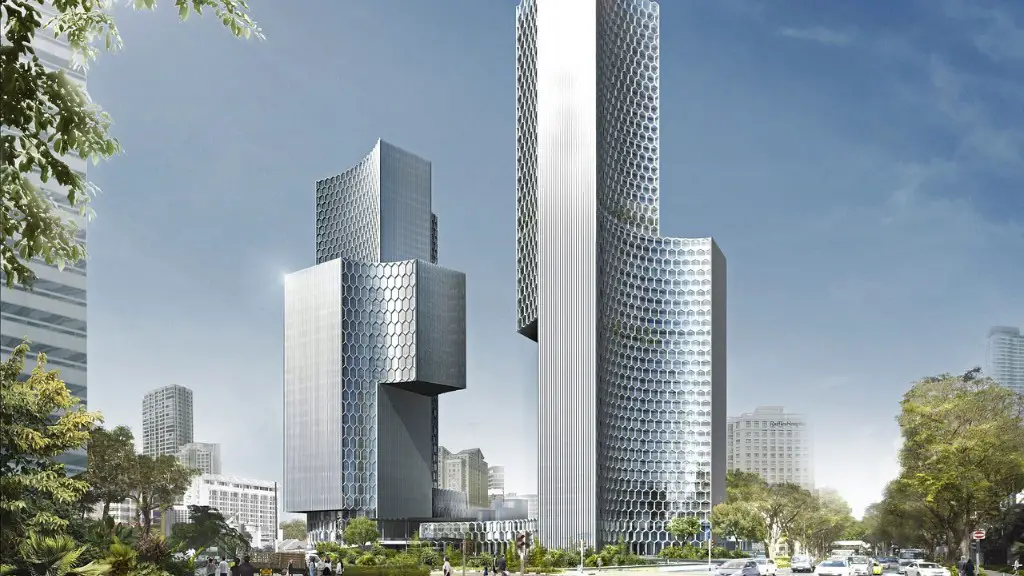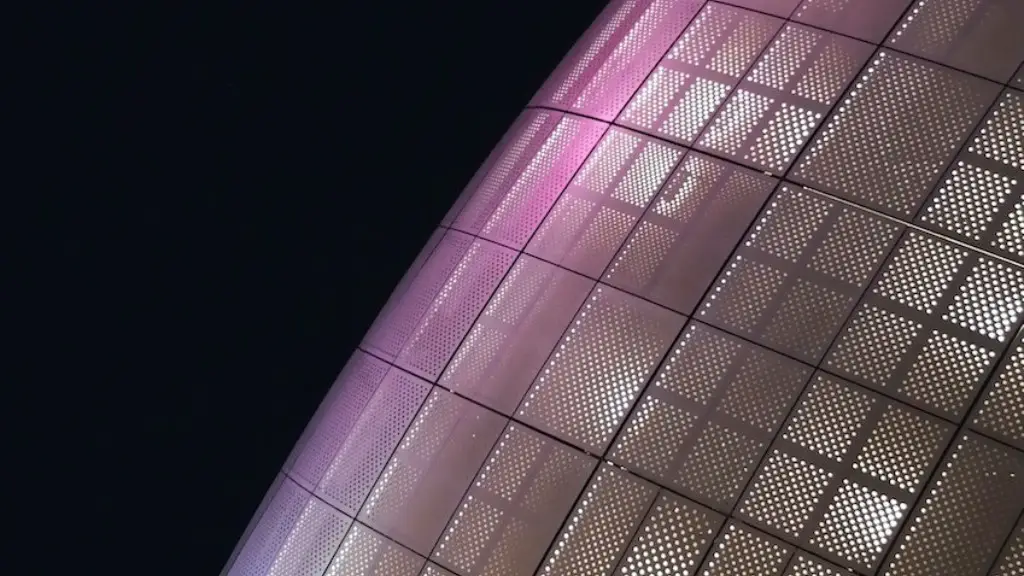Understanding What is Biomimicry Architecture
Biomimicry architecture is an environmentally friendly concept wherein architects and engineers look to basic design principles from the natural world as a way to build energy-efficient, sustainable buildings. By taking clues from life on Earth, architects are able to effectively design buildings to counteract a wide range of environmental challenges.
Biomimicry requires a comprehensive understanding of the many adaptation strategies used in both basic design and the visual landscape of natural processes. It involves looking at the way living systems have evolved, developing models and processes from them, and then applying them to architecture and engineering. Nature itself it seen as a model for sustainability and source of inspiration for innovative design.
The concept of biomimicry architecture began in the late 1800s, when scientists and academics began to observe the way animals and plants evolved and interacted with their environment. They studied the way creatures developed strategies to regulate their own body temperatures, build efficient water filtration systems, and even use the wind to their advantage.
Biomimicry architecture has quickly become a viable way to build energy-efficient buildings while tackling a range of climate-related concerns. Energy-efficient building materials, such as photovoltaic sheets, are designed to mimic the patterns of leaves and tree bark in order to maximize their reflective properties. This helps reduce the buildings’ energy consumption by decreasing their need for insulation, as well as maximizing the harvesting of sunlight for a more efficient heating and cooling system.
In addition to reducing energy consumption, buildings naturally ventilate themselves in a way that mimics the action of wind whirling through tree branches. This process, in conjunction with solar panels on the roofs of the buildings, captures energy from the sun, wind and other sources and helps reduce energy costs even further.
How Biomimicry Architecture Helps the Environment
Biomimicry architecture works to reduce the amount of harm done to the environment. One of the most significant benefits of this revolutionary design concept is that it can dramatically reduce land and water waste. The use of sustainable materials, such as grassy rooftop surfaces, can help to conserve water, while other materials, such as wood and reused materials, reduce the amount of raw materials used to build the structures in the first place.
At the same time, biomimicry architecture can also help create more livable spaces while still maintaining the natural environment. Rainwater can be trapped and utilized by cleverly designed rooftop gardens to grow organic food and plants. This minimizes water waste and can help reduce the strain of large-scale industrial farming, resulting in fewer emissions and a healthier planet.
Biomimicry architecture can also help improve air quality. Naturally ventilated buildings and rooftop gardens both have the potential to minimize air pollution by trapping carbon dioxide and reducing the need for energy-intensive heating and cooling systems.
The Advantages of Biomimicry Architecture
Biomimicry architecture offers several advantages to the environment. By utilizing natural systems to design energy-efficient buildings and other structures, architects and engineers are able to reduce the energy consumption of buildings while still achieving aesthetic appeal.
This approach to architecture also minimizes the need for large-scale industrial farming, which results in massive land and water waste. In addition, this concept helps minimize air pollution by trapping carbon dioxide and other pollutants.
Biomimicry Architecture’s Disadvantages
Although biomimicry architecture offers many advantages to the environment, it is not without its drawbacks. For one, this approach to architecture can be costly and time-consuming. For example, solar panels can be expensive to install, while rainwater traps and rooftop gardens can require extensive research and experimentation in order to both optimize the processes and lessen the amount of energy spent on them.
In addition, some inhabitants of biomimicry-designed buildings may find the ecological adjustments uncomfortable. For example, naturally ventilated buildings do not have the extreme temperature control seen in traditional buildings.
The Future of Biomimicry Architecture
Biomimicry architecture has become increasingly popular in recent years. As architects and engineers continue to discover and implement innovative strategies to conserve energy and reduce land and water waste, biomimicry architecture will continue to be a valuable tool in achieving a more sustainable future.
In addition, the integration of technology into biomimicry architecture is likely to play a major role in the future of this design concept. By utilizing advanced sensors, artificial intelligence, and computer vision systems to optimize efficiency, architects and engineers can create buildings that are far more energy-efficient and cost-effective than today.
The Global Reach of Biomimicry Architecture
Biomimicry architecture is used in both large and small-scale projects all over the world. From energy-efficient skyscrapers in major cities to small eco-resorts in remote areas, this approach to design has enabled architects to create sustainable structures that conserve energy while still satisfying the aesthetic and comfort needs of inhabitants.
At the same time, biomimicry architecture can be used to tackle larger global problems. For example, engineers are now looking to this concept as a means of combatting the effects of climate change by designing energy-efficient buildings that can stand up to extreme weather conditions and also reduce the emission of greenhouse gases.
Education and Training for Biomimicry Architecture
As the popularity of biomimicry architecture grows, more and more educational institutions are offering classes and workshops devoted to this revolutionary concept. By studying the nature-inspired design tools and technology, students and professionals can gain the skills and insight needed to successfully design energy-efficient buildings.
These courses focused on biomimicry architecture use a hands-on approach, with plenty of examples from nature’s own designs to study. Through this experience, students and professionals can understand the complexity of living systems, as well as the various strategies associated with building sustainable structures.
How Non-Professionals Can Get Involved with Biomimicry Architecture
Non-professionals can also get involved with biomimicry architecture by becoming certified in biomimicry design, or even by participating in volunteer work to raise awareness and promote the concept.
For those who want to gain certification, they will need to complete a course of study focused on biomimicry design. This course typically spans several months, with students learning the fundamentals of biomimicry architecture, as well as the principles associated with green building and energy efficiency.
Volunteer work is also available through a variety of organisations, as well as educational initiatives such as biomimicry academies. Through such initiatives, non-professionals can gain an understanding of the design processes and solutions that can be used to create more environmentally friendly built environments.
Biomimicry Architecture Impact on Global Scale
Biomimicry architecture is having a major impact on the global environment, in terms of both energy consumption and land and water waste. As the use of this concept grows, energy-efficient buildings are being increasingly integrated into cities and towns, minimizing the amount of energy used to create and sustain these structures.
At the same time, this concept allows for the use of sustainable materials, such as wood and reused materials, and the creation of rooftop gardens to reduce the strain of large-scale industrial farming. By utilizing such strategies, architects are able to create buildings that help minimize land and water waste, while still providing inhabitants with comfortable and aesthetically pleasing spaces.
Overall, biomimicry architecture is transforming the way we build, offering a way to combat the effects of climate change while minimising the use of energy. By understanding the principles of this revolutionary concept, architects and engineers can create structures that are both energy-efficient and aesthetically pleasing, ultimately creating a more sustainable built environment.


